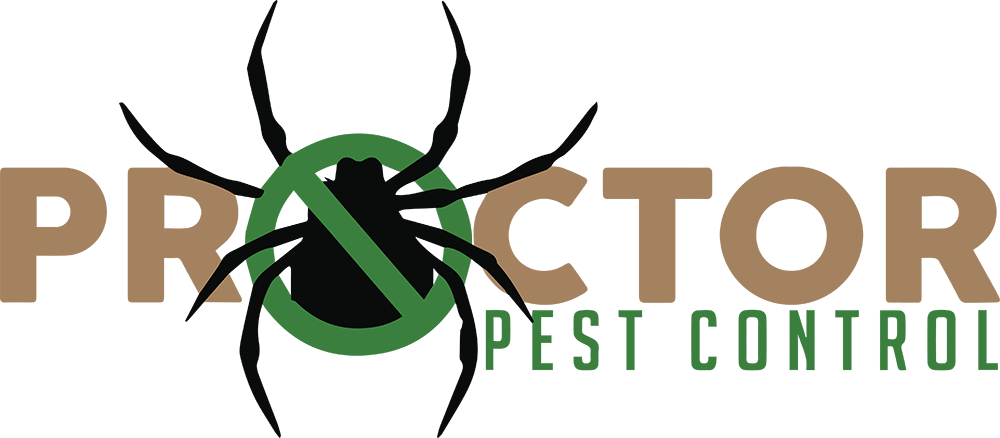
15 Aug Preparing Your Home for Fall: Essential Pest Control Steps
As summer days give way to the cooler embrace of fall, homeowners must shift their focus from sun-soaked outdoor activities to preparing their homes for the upcoming season. One crucial aspect of this transition is ensuring that your home is protected against autumn pests. With cooler temperatures driving pests to seek warmth and shelter indoors, now is the perfect time to implement essential pest control measures. Here’s a comprehensive guide on preparing your home for fall and safeguarding it against common autumn pests.
1. Seal Cracks and Entry Points
Why It’s Important:
As the temperature drops, pests such as rodents and insects will be on the lookout for warm places to nest. Small cracks and gaps in your home’s exterior can become entry points for these unwelcome guests.
How to Do It:
– Inspect Your Home: Conduct a thorough inspection of the exterior of your house, focusing on areas around windows, doors, vents, and the foundation.
– Seal Gaps and Cracks: Use caulk or expanding foam to fill small gaps and cracks. For larger holes, consider using wire mesh or hardware cloth to block entry. Ensure that areas around utility lines and pipes are sealed effectively.
– Check Weatherstripping: Examine the weatherstripping around doors and windows. Replace any worn or damaged strips to create a tight seal that helps keep pests out.
2. Clean and Maintain Your Home’s Exterior
Why It’s Important:
Outdoor debris can attract pests and provide them with easy access to your home. By maintaining a clean and clutter-free exterior, you reduce the chances of pests finding their way inside.
How to Do It:
– Clear Debris: Remove fallen leaves, branches, and other organic matter from around your home. This not only prevents pests from finding a hiding place but also reduces the risk of moisture-related issues.
– Store Firewood Properly: If you use firewood, store it at least 20 feet away from your home and off the ground. This helps prevent termites and other pests from using it as a bridge to enter your home.
– Maintain Gutters and Downspouts: Clean out gutters and downspouts to prevent water from pooling around your foundation. Standing water can attract pests like mosquitoes and create a conducive environment for other insects.
3. Inspect for Signs of Pest Activity
Why It’s Important:
Identifying early signs of pest activity can prevent minor issues from escalating into major infestations. Regular inspections help you stay on top of potential problems before they become serious.
How to Do It:
– Check for Droppings and Nests: Look for droppings, nests, or other signs of pests in attics, basements, and other secluded areas. Pay attention to areas where pets or children might not typically explore.
– Look for Gnaw Marks: Rodents often leave gnaw marks on woodwork, cables, and other materials. Inspect these areas for any signs of damage.
– Monitor for Insect Activity: Keep an eye out for winged insects or spider webs, particularly in corners, along baseboards, and in dark, undisturbed areas.
4. Address Moisture Issues
Why It’s Important:
Moisture can attract pests like termites, cockroaches, and ants. Ensuring that your home remains dry is crucial in preventing these pests from taking up residence.
How to Do It:
– Fix Leaks: Repair any leaks in pipes, roofs, or windows that could lead to water damage or create damp conditions.
– Use Dehumidifiers: In areas prone to moisture, such as basements and crawl spaces, use dehumidifiers to keep humidity levels in check.
– Improve Ventilation: Ensure that your home is well-ventilated to reduce moisture buildup. Proper ventilation in attics and crawl spaces can help prevent mold growth and pest problems.
5. Schedule a Professional Pest Control Service
Why It’s Important:
While DIY measures can be effective, a professional pest control service provides expertise and targeted treatments to address potential issues more thoroughly. Scheduling an inspection before pests become a major problem ensures that your home is fully protected.
How to Do It:
– Choose a Reputable Service: Research local pest control companies and choose one with a solid reputation and positive reviews. Look for certifications and experience in handling autumn pests.
– Schedule an Inspection: Arrange for a comprehensive inspection to identify any vulnerabilities and discuss treatment options. A professional can offer tailored advice based on your home’s specific needs.
– Discuss Preventative Treatments: In addition to addressing existing pest problems, ask about preventative treatments to keep your home pest-free throughout the fall and winter.
6. Maintain a Clean Interior
Why It’s Important:
A clean interior reduces the appeal of your home to pests by eliminating food sources and nesting materials. Consistent cleanliness helps in preventing infestations from taking hold.
How to Do It:
– Regular Cleaning: Keep your home clean by vacuuming regularly, wiping down surfaces, and washing dishes promptly. Store food in airtight containers and dispose of garbage regularly.
– Check for Leaks Inside: Address any indoor leaks or water issues to prevent moisture-related pest problems.
– Inspect and Clean Storage Areas: Organize and clean areas like attics, basements, and closets. Pests often hide in cluttered or rarely disturbed spaces.
Preparing your home for fall involves more than just a seasonal décor update. By following these essential pest control steps, you can protect your home from autumn pests and ensure a comfortable transition into the cooler months. From sealing entry points and addressing moisture issues to scheduling professional inspections, staying proactive will help you maintain a pest-free environment and enjoy the fall season without unwelcome guests.
For any persistent or complex pest issues, don’t hesitate to consult with a professional pest control service. Their expertise can provide additional peace of mind and tailored solutions to keep your home safe and secure all season long. Happy fall prepping!



